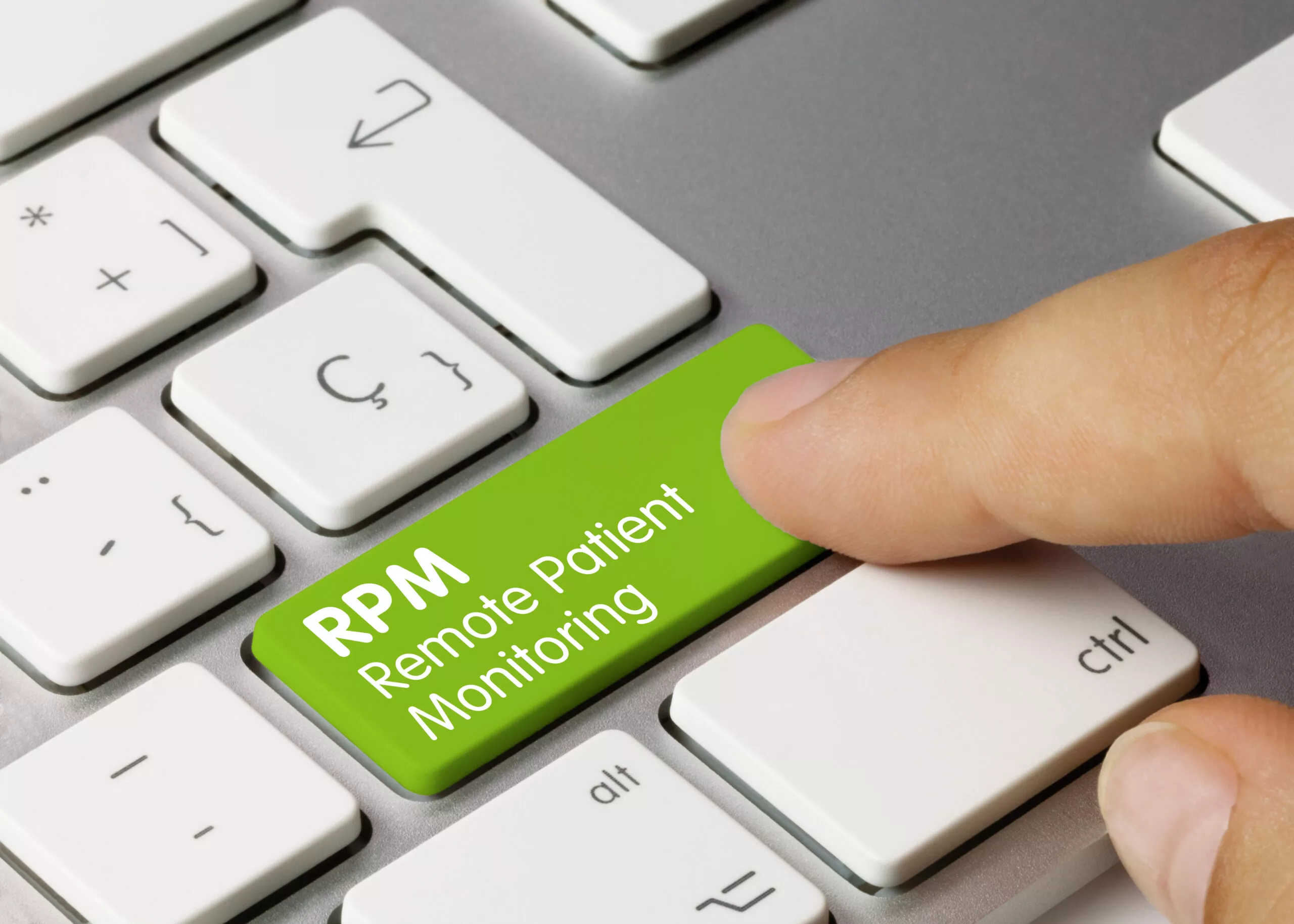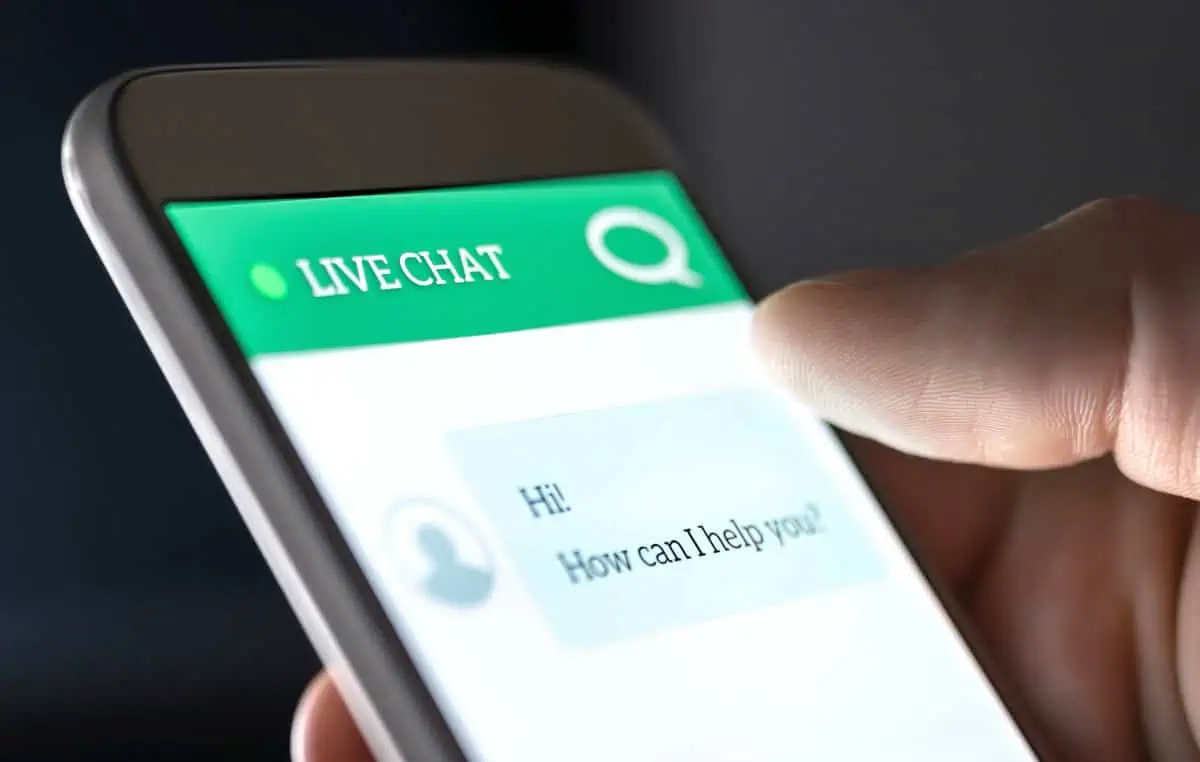Remote Patient Monitoring (RPM) is a transformative healthcare technology that utilizes virtual assistant applications to monitor and manage patients’ health conditions from a distance. This comprehensive guide explores the benefits and applications of RPM, highlighting how virtual assistants enhance patient care and improve overall healthcare outcomes.
What is Remote Patient Monitoring (RPM)?
RPM involves the use of digital technologies to collect and transmit patient health data to healthcare providers in real-time. This data includes vital signs, symptoms, medication adherence, and other relevant information. Virtual assistants play a pivotal role in RPM by automating data collection and facilitating seamless communication between patients and healthcare teams.
Virtual Assistant Applications in RPM:
Virtual assistants act as an intermediary between patients and healthcare providers, ensuring constant monitoring and timely interventions. They can remind patients to measure their vital signs, collect data through wearable devices, and transmit the information securely to the healthcare team. This allows for continuous tracking of patients’ health status, enabling early detection of any concerning trends or issues.
Enhancing Chronic Disease Management:
RPM, with the assistance of virtual applications, revolutionizes the management of chronic diseases. Patients with conditions like diabetes, hypertension, and heart disease can benefit from regular monitoring without the need for frequent hospital visits. Virtual assistants can provide personalized insights based on the collected data, helping patients make informed decisions about their lifestyle and treatment choices.
Improving Medication Adherence:
Virtual assistants can send medication reminders to patients, ensuring they take their prescribed drugs as scheduled. Improved medication adherence leads to better health outcomes, reduced hospitalizations, and overall cost savings for both patients and healthcare providers.
Early Intervention and Preventive Care:
With RPM, virtual assistants can detect abnormal patterns in patients’ health data and alert healthcare providers promptly. This enables early intervention, preventing potential complications and reducing the risk of hospitalization. Additionally, RPM encourages a focus on preventive care, as continuous monitoring allows healthcare providers to address risk factors proactively.
Empowering Patients in Self-Management:
Virtual assistants empower patients to take an active role in managing their health. By providing real-time data and personalized insights, patients gain a better understanding of their conditions and can make informed decisions about their health.
Reducing Healthcare Costs:
RPM with virtual assistant applications has the potential to reduce healthcare costs significantly. By preventing hospital readmissions, managing chronic conditions remotely, and encouraging preventive care, the burden on healthcare facilities is alleviated, leading to cost savings for both patients and providers.
In conclusion, Remote Patient Monitoring, with the integration of virtual assistant applications, revolutionizes healthcare by providing continuous monitoring, improving chronic disease management, enhancing medication adherence, enabling early intervention, and empowering patients in self-management. As technology continues to advance, RPM and virtual assistants will play an increasingly vital role in delivering patient-centered care and driving better health outcomes.



